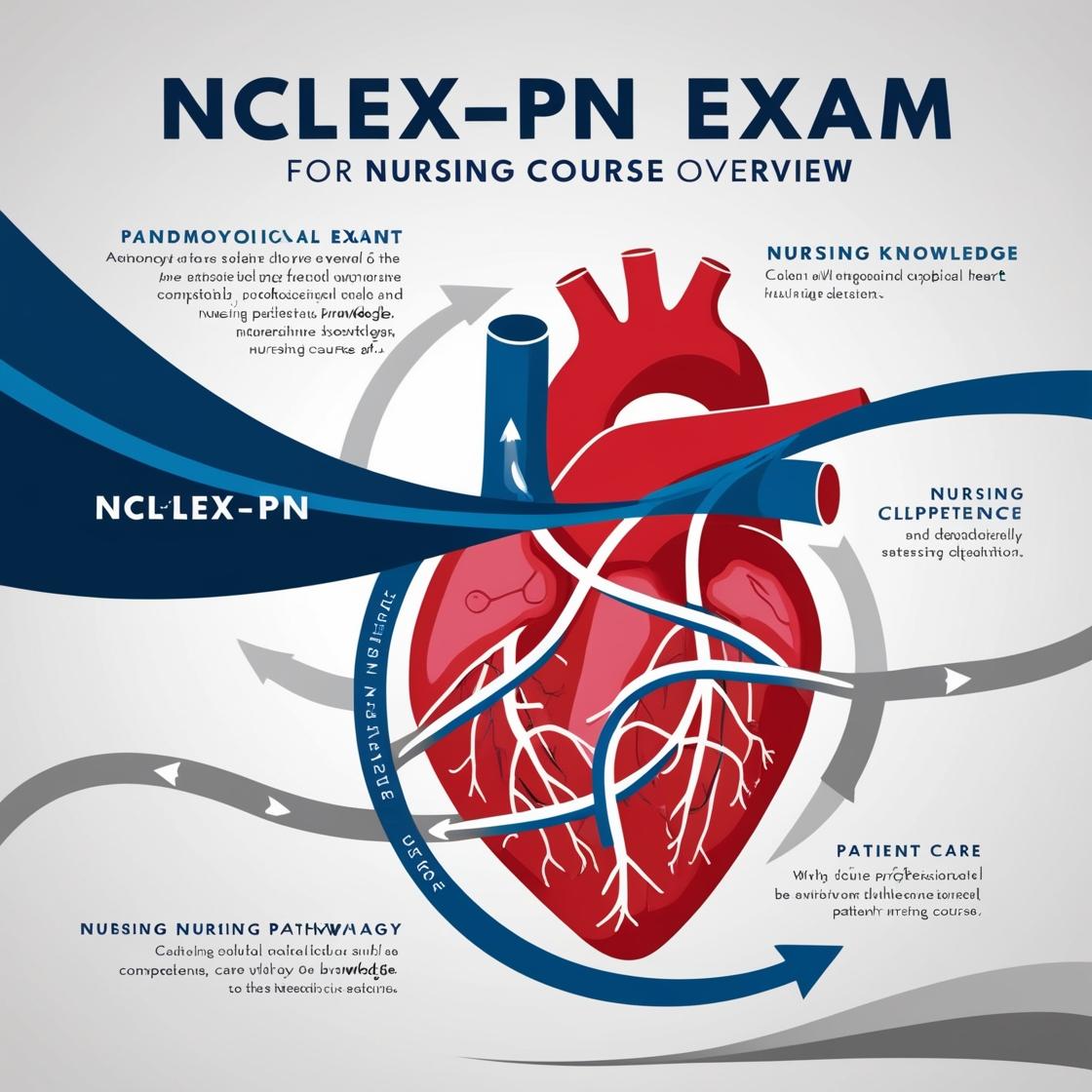NCLEX-PN
Health Promotion and Maintenance NCLEX PN Questions
1. A healthcare professional is assisting with data collection of a client with suspected cholecystitis. Which finding does the healthcare professional expect to note if cholecystitis is present?
- A. Homan sign
- B. Murphy sign
- C. Blumberg sign
- D. McBurney sign
Correct answer: B
Rationale: The correct answer is B: Murphy sign. The Murphy sign is an indicator of gallbladder disease. It involves the examiner placing fingers under the liver border while the client inhales. If the gallbladder is inflamed, it descends onto the fingers, causing pain. The Homan sign is associated with pain in the calf area upon sharp dorsiflexion of the foot, indicating deep vein thrombosis. The Blumberg sign is the presence of rebound tenderness on palpation of the abdomen, indicating peritoneal irritation. The McBurney sign is indicative of appendicitis, presenting as severe pain and tenderness upon palpation at McBurney's point in the right lower quadrant of the abdomen.
2. You are caring for a 78-year-old woman who is wondering why she was diagnosed with glaucoma. Although she has several risk factors, which of these is not one of them?
- A. age
- B. blood pressure reading of 143/89
- C. Mexican-American heritage
- D. 20/80 vision
Correct answer: D
Rationale: Age over 60 and Mexican-American heritage are recognized as risk factors for glaucoma. Elevated blood pressure is also a risk factor due to its potential to cause optic nerve damage. While 20/80 vision indicates poor eyesight, it is not a direct causal factor for glaucoma. Glaucoma is mainly associated with factors like age, ethnicity, and certain medical conditions, rather than a specific visual acuity measurement. Therefore, 20/80 vision is not a risk factor for glaucoma, making it the correct answer. The other choices, such as age, Mexican-American heritage, and elevated blood pressure, are established risk factors for developing glaucoma, as they are associated with an increased likelihood of the condition.
3. A day care center has asked the nurse to provide education for parents regarding safety in the home. What type of preventive care does this represent?
- A. Primary
- B. Secondary
- C. Tertiary
- D. Health promotion
Correct answer: A
Rationale: Primary prevention involves activities that promote wellness or prevent illness or injury. Educating parents about safety measures in the home aims to prevent injuries, making it a primary prevention strategy. Secondary prevention focuses on early detection and intervention in diseases or injuries. Tertiary prevention involves reducing disability and promoting optimal functioning in relation to a disease or injury. Health promotion encompasses activities that enhance a client's overall health and well-being. In this scenario, educating parents about safety in the home falls under primary prevention as it aims to prevent injuries before they occur.
4. When inspecting the ears for cerumen impaction, the nurse checks for which finding?
- A. Redness and swelling of the tympanic membrane
- B. An external auditory canal that is longer than normal
- C. The presence of edema in the external auditory canal
- D. A yellowish or brownish waxy material in the external auditory canal
Correct answer: D
Rationale: When inspecting the ears for cerumen impaction, the nurse should look for a yellowish or brownish waxy material in the external auditory canal. Cerumen, also known as ear wax, is a secretion that can become impacted due to various reasons. It is produced by the vestigial apocrine sweat glands in the external ear canal. Cerumen may partially obscure the eardrum or totally occlude the ear canal. The other options, redness and swelling of the tympanic membrane, an external auditory canal that is longer than normal, and the presence of edema in the external auditory canal, are not indicative findings of cerumen impaction.
5. What are the basic reasons American families are having difficulty adequately performing their vital health care function?
- A. structure of the health care system and family structure
- B. psychological factors affecting men and women seeking health care
- C. conditions labeled as disabilities and considered too time-consuming
- D. health care organizations (HMOs) and disconnected families
Correct answer: A
Rationale: The correct answer is the 'structure of the health care system and family structure'. Scholars suggest that the reasons families are having difficulty providing health care for their members lie with both the structure of the health care system and the family structure. Major factors explaining differences in utilization patterns of medical services include the lack of healthcare insurance coverage, lack of services for special populations (such as teenage males), perception by families of the health care system and the health care provider, and lack of partnership between health care providers and families in mutually addressing health care issues. Choices B, C, and D are incorrect as they do not address the fundamental reasons related to the health care system and family structure as discussed in the provided extract.
Similar Questions

Access More Features
NCLEX PN Basic
$69.99/ 30 days
- 5,000 Questions with answers
- Comprehensive NCLEX coverage
- 30 days access @ $69.99
NCLEX PN Premium
$149.99/ 90 days
- 5,000 Questions with answers
- Comprehensive NCLEX coverage
- 30 days access @ $149.99
